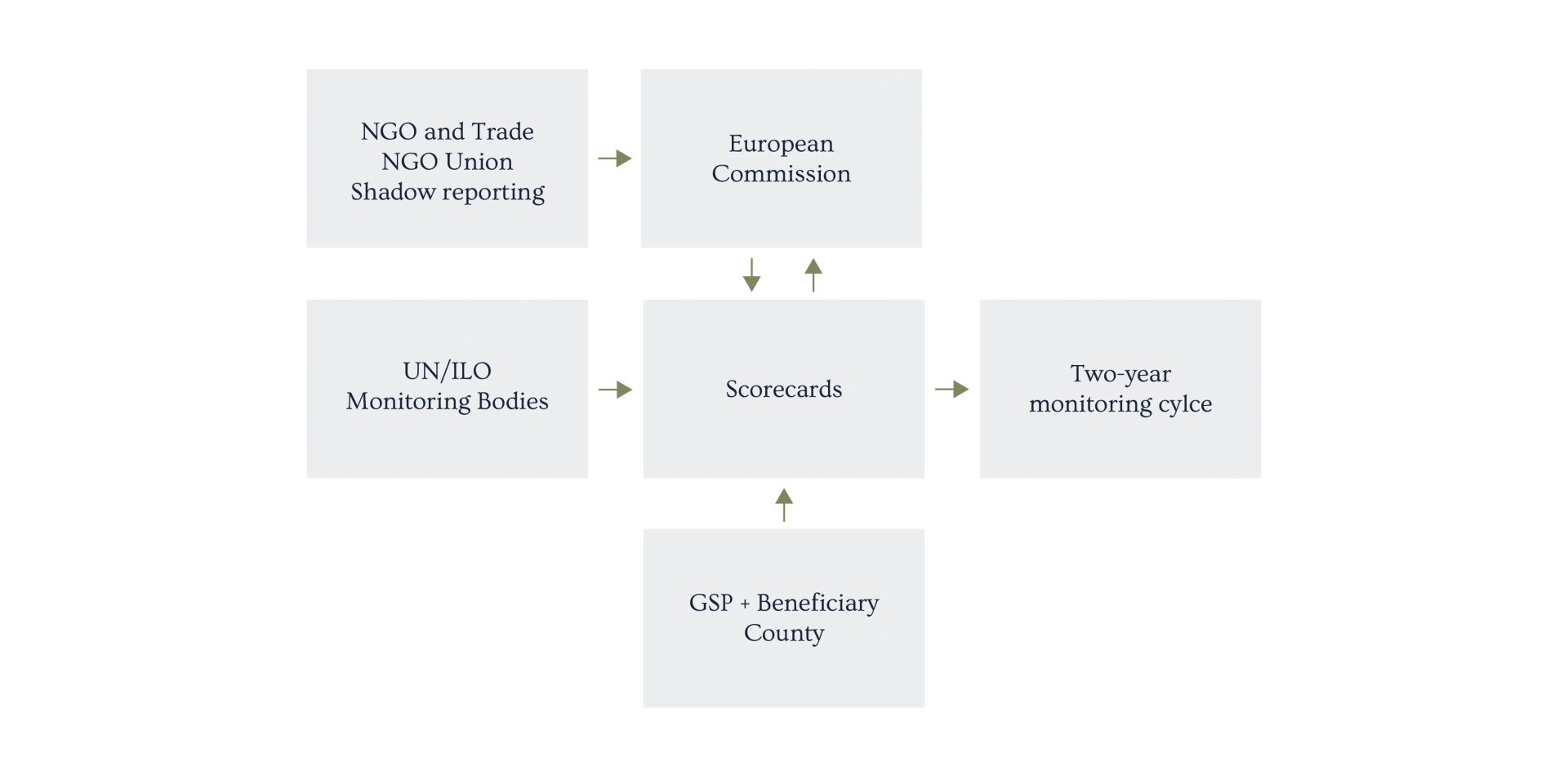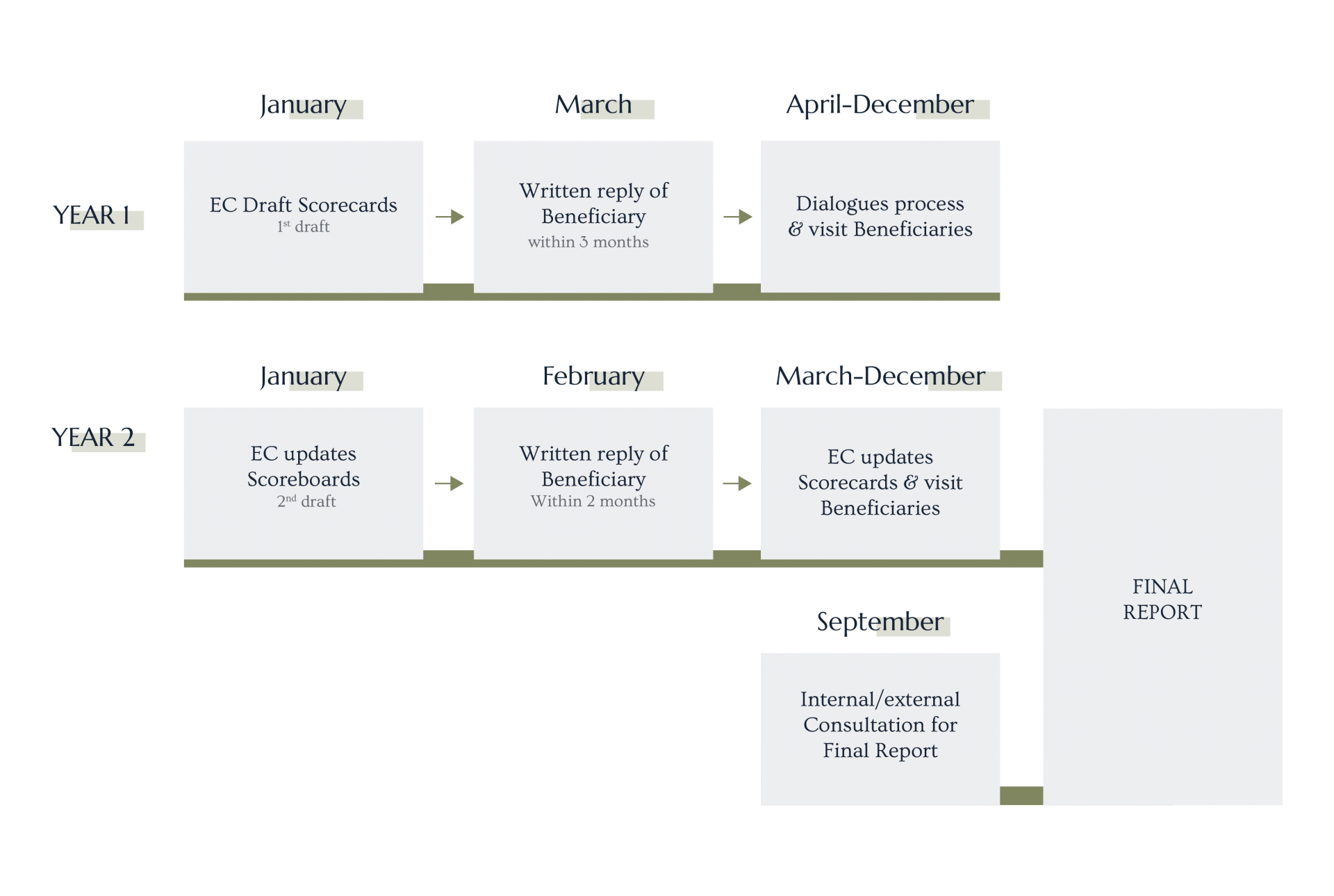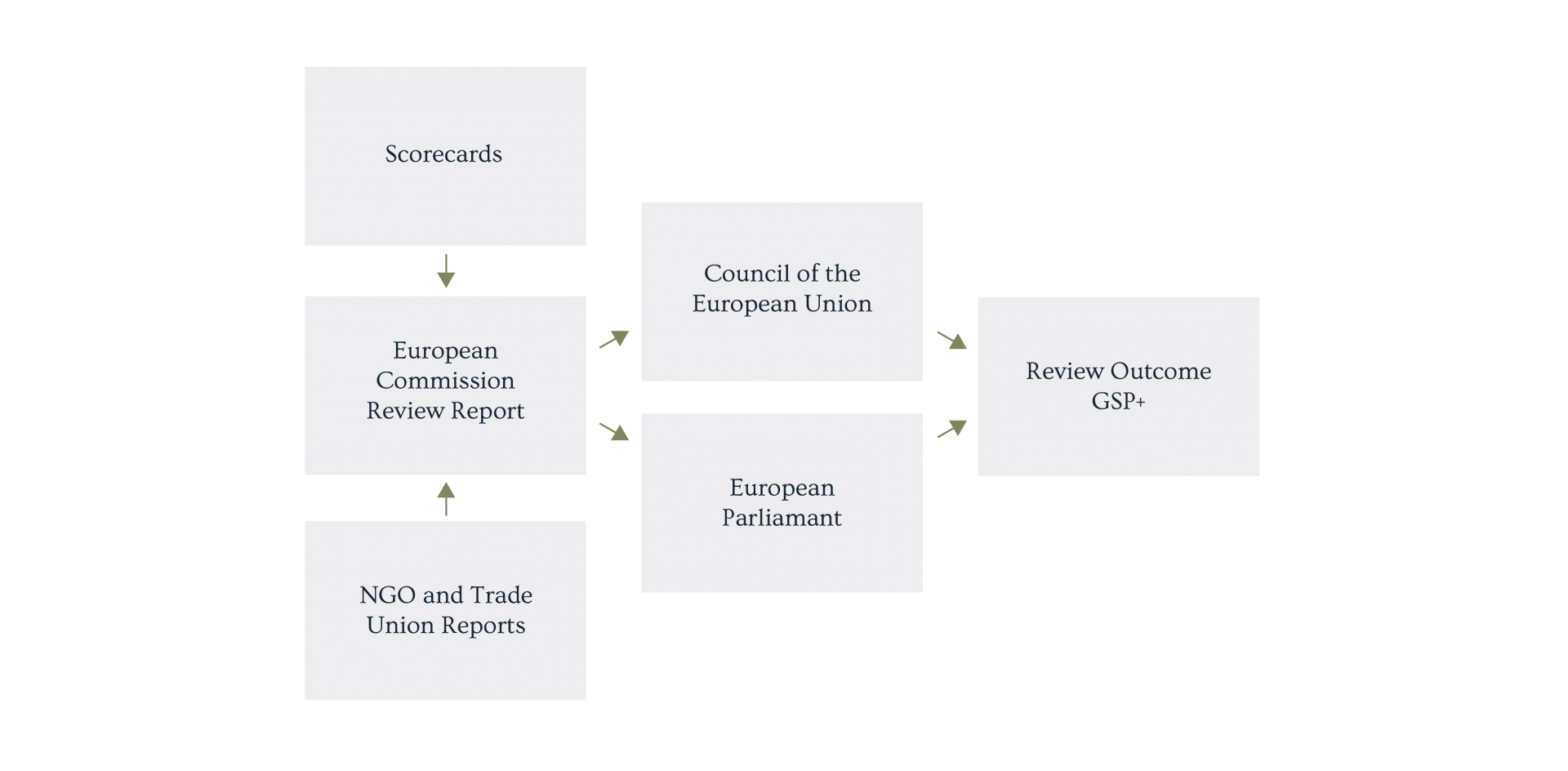GSP+
1. Conditions
The GSP+ mechanism does not apply automatically to countries that fall under its conditions, contrary to the Standard GSP and EBA. Rather, a country needs to apply in order to benefit from the GSP+ trade preferences. In order to be eligible for the GSP+ mechanism, a country needs to fulfil the following criteria:
- The country is a developing country that does not have any other type of special trade agreement
with the EU. - The country has not yet achieved the status of middle-income or high-income countries for three
years in a row, as defined by the World Bank. - The country needs to fulfil cumulatively two “vulnerability” criteria:
- The import-share criterion: the EU imports a low level of products from this country. Its average import-share over three years is lower than 6.5%
- The diversification criterion: the country’s exports into the EU are concentrated in a few products. These products have to find themselves in the seven largest sections of the GSP product list and have to make up for 75% of the country’s export into the EU.
- The country has to meet the sustainable development criterion: it has to ratify 27 conventions relative to human rights, good governance, and sustainable development, without reservations. Further, the country cannot gravely fail to implement the conventions.
2. Preferences
The GSP+ mechanism completely removes all tariffs for a little over 66% of all products present in the EU’s official product list. This list of products can be found in Annex IX of the regulation 978/2012.
It functions according to the same principles as laid out in the section on Standard GSP. The only difference is that products are not classified according to being sensitive or non-sensitive products.
In return, the GSP+ beneficiary countries have to ratify and implement the 27 conventions relative to human rights, good governance, and sustainable development, listed in Annex VIII.
3. Monitoring
A specific monitoring process has been put in place for the countries that have applied for and thus benefit from the GSP+ trade preferences.
The monitoring concentrates on assessing the ratification, implementation, and compliance with the 27 conventions. Further, it makes sure the beneficiary countries accept the monitoring of the Commission and cooperate with it. The monitoring takes place in various ways.
The Commission starts by drawing a ‘scorecard’ for every beneficiary country. Below you will find a figure how the scorecards is developed.
The scorecard exists out of a list of issues each beneficiary country is facing, regarding the good ratification, implementation, and compliance with the 27 conventions. This list of issues is accompanied by an assessment of the progress countries made since the last report. Based on this scorecard, the beneficiary country has two years to work on the listed issues.
During these two years, continuous dialogue is maintained between the beneficiary country and the European Union, involving the country’s government, the European Commission, and the European Action External Service. Efforts have been made to include other stakeholders like social partners and civil society.
At the end of the two-year cycle, the Commission issues a report. In order to maintain its GSP+ status, a country has to demonstrate it has taken serious action to tackle the issues listed in the scorecard and has to remain respectful of the conditions to access the GSP+ status.


